#flint stone
Text

St Michael & All Angels - a fine example of a mediaeval parish church
#Church of St Michael#Aylsham#Norfolk#flint stone#UK#mediaeval architecture#rural parish#sacred space#graveyard
21 notes
·
View notes
Text

~ Eccentric Flint in the Form of a Scorpion.
Place of origin: Belize, Guatemala, Honduras, or Mexico (Mesoamerica)
Culture: Maya
Date: A.D. 600–900
Medium: Stone, Chert
#7th century#10th century#flint#eccentric flint#scorpion#mesoamerica#maya#mexico#belize#guatemala#honduras#stone#chert#a.d. 600#a.d. 900#history#museum#archeology#archaeology
5K notes
·
View notes
Text

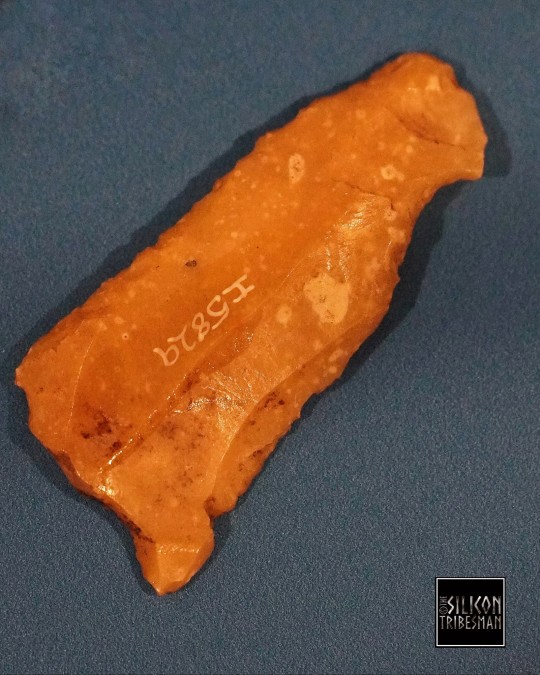
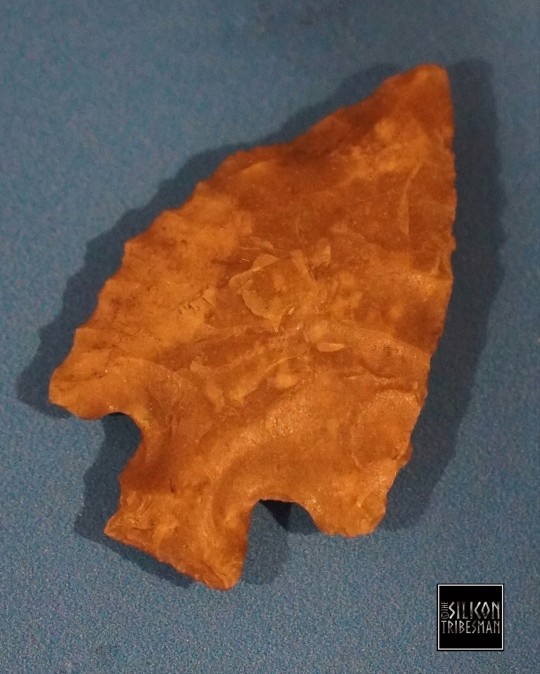



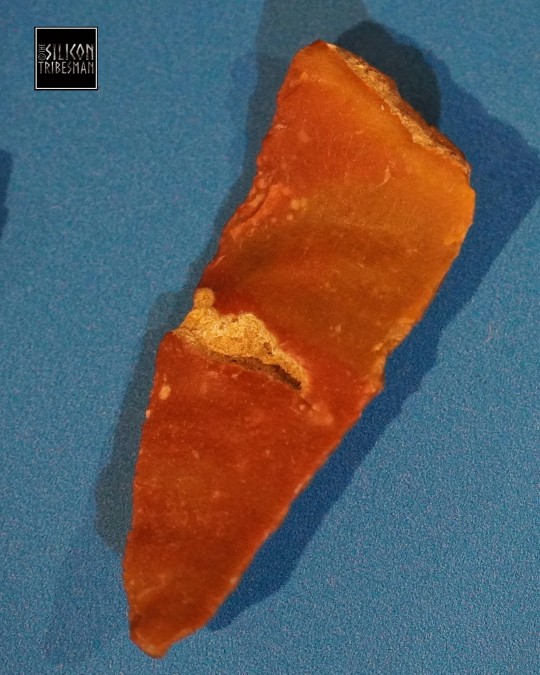

Mesolithic, Neolithic and Bronze Age Micro Flints, Banchory Museum, Scotland
#ice age#stone age#bronze age#iron age#prehistoric#copper age#prehistory#neolithic#mesolithic#paleolithic#calcholithic#archaeology#pigmy flints#flintwork#flint#prehistoric tools#arrowhead#ancient craft#ancient cultures#ancient living#Banchory Museum#Scotland
153 notes
·
View notes
Text
Got a good knap in this morning
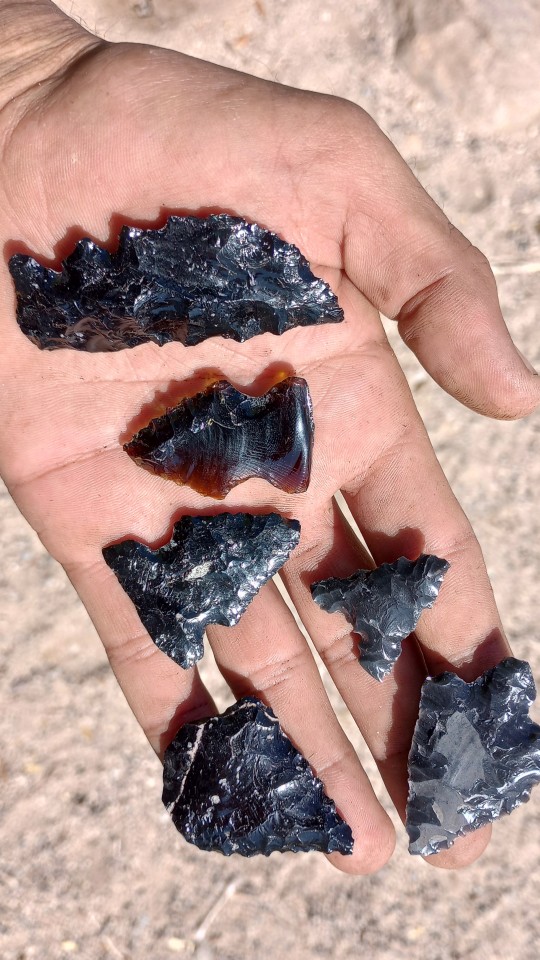
#stonework#stone tools#projectile points#outdoorlife#outdoors#ways of survival#ways of old#knowledge is the best survival gear#flint knapping#art#bushcraft#art of bushcraft#my art
71 notes
·
View notes
Text
Steven, Leon and Flint were really just like is anyone going to date the final gym leader and didn't wait for an answer
#pokemon#ignitionshipping#truerivalshipping#originshipping#steven pokemon#wallace pokemon#leon pokemon#steven stone#raihan pokemon#flint Pokemon#pokemon volkner
465 notes
·
View notes
Text
I made a thing:

It's not particularly meaningful archaeologically, but it turned out pretty.
Made of colored decorator glass from the dollar store. Rough work done with a smallish quartzite (?) hammer stone. Pressure flaked and notched with modern steel nails.
Cheating, I know, but I figure it hardly matters given the material...
Also it turns out modern industrial glass is incredibly difficult to flake with antler tools. It's no surprise that the people who flaked bottle glass preferred iron pressure flaking tools.
Anyway, toolstone costs a lot and decorative sea glass costs 1.50$ a bag at the dollar store, so I figured I'd do some practice and make pretty colored points.
(and the bases of drinking glasses I broke over the winter cost nothing, so stay tuned to see if I can make anything interesting out of those...)
93 notes
·
View notes
Text
Hyperfixating on rocks--flint knapping, rock tumbling, rock hounding, rock identifying...


#I'm gonna get a flint knapping kit#not at all inspired by my archaeology class#nope not at all because I had to memorize a bazillion different kinds of stone tools#I want to get a rock tumbler#but I live in an apartment so I don't really have anywhere not-disruptive to put it#maybe I'll ask my grandparents if I can put it outside their woodshop
24 notes
·
View notes
Text
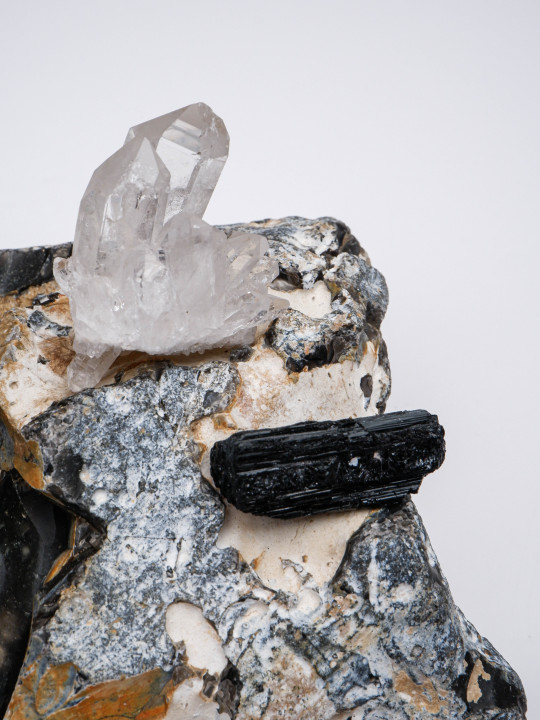
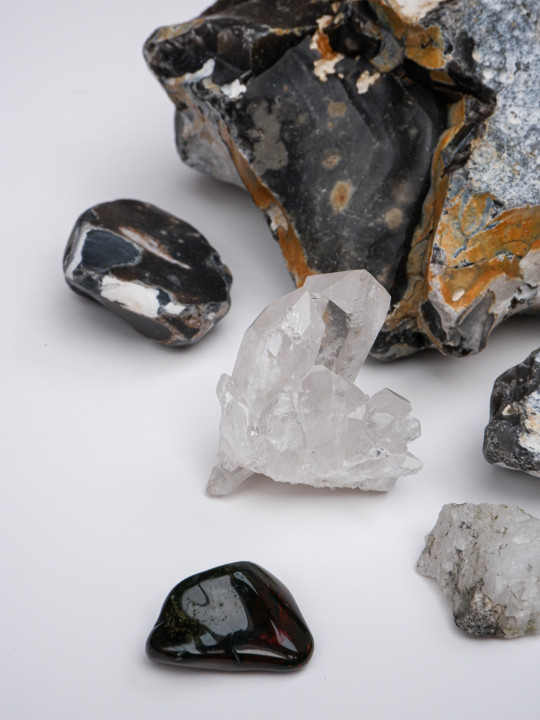
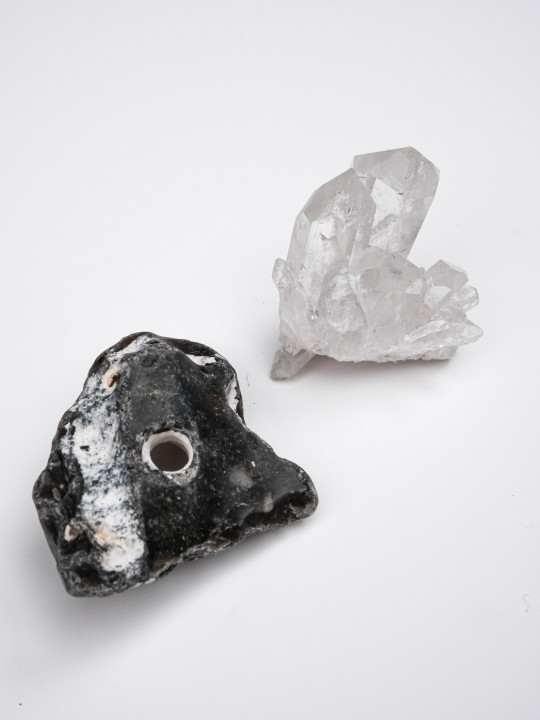

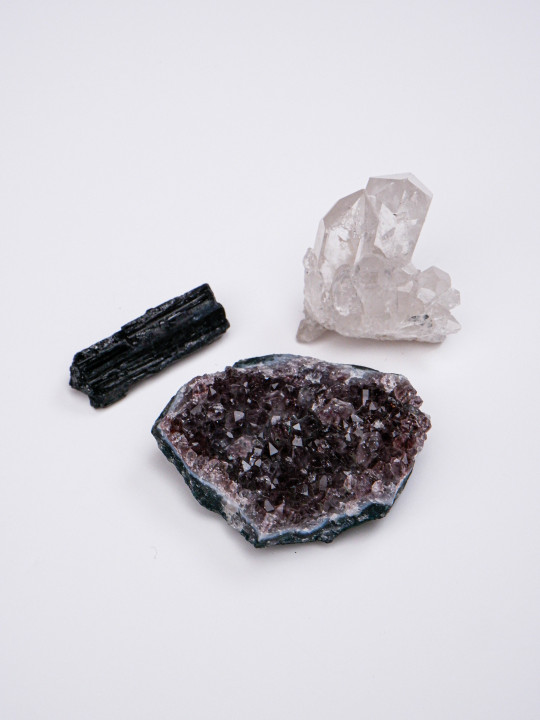
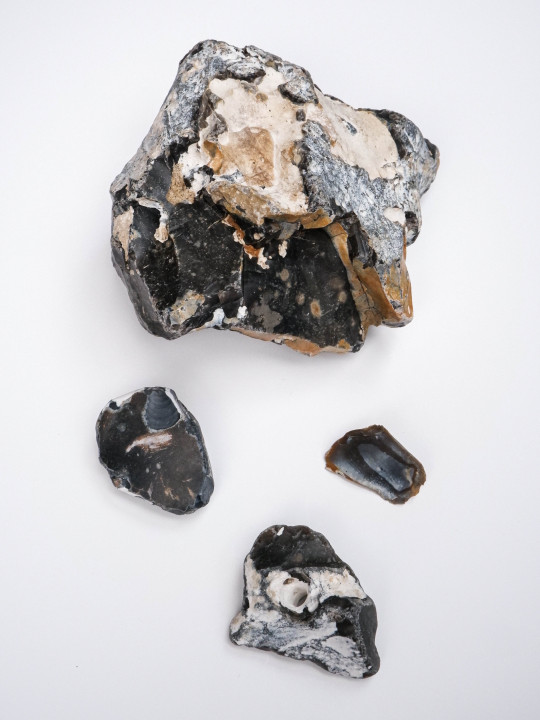



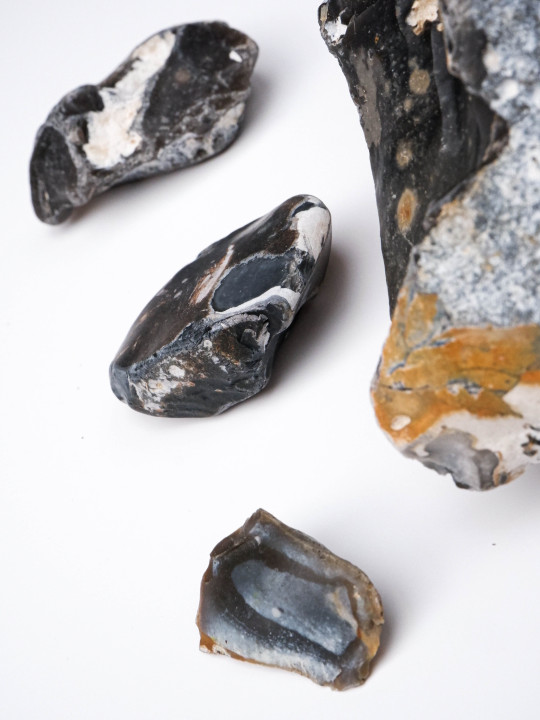
I like to collect rocks and crystals whilst traveling. This is my collection.
Most of the witch stones and larger rocks are from my local Norfolk seafront which is also filled with pre-historic fossils. Norfolk has an abundance of flint as well which you can find whilst wandering around Mousehold Heath.
I have a small quartz from a slate mine in Wales. It's considered a waste material there and you can find huge quartz crystals lying around.
The smooth white stone is from Jamaica Beach in Lake Garda.
I also collected a few precious stones from local gift shops.
#geology#collection#rocks#rock collection#travel#travel journal#photograpy#nature photography#nature#goblin core#forestcore#witch stone#flint#quartz#goblincore#nature lovers#nature is beautiful#crystals
39 notes
·
View notes
Text

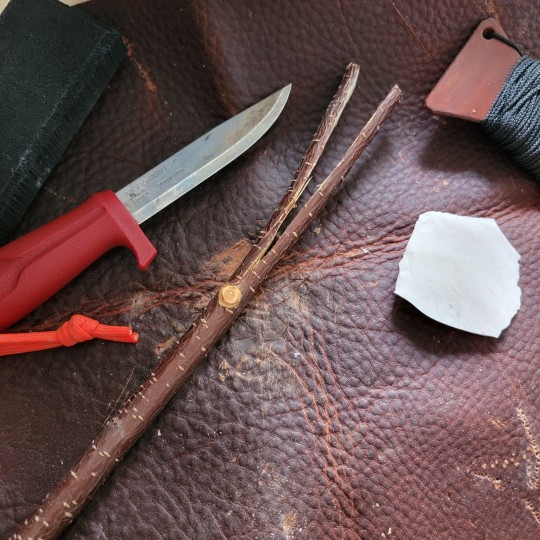


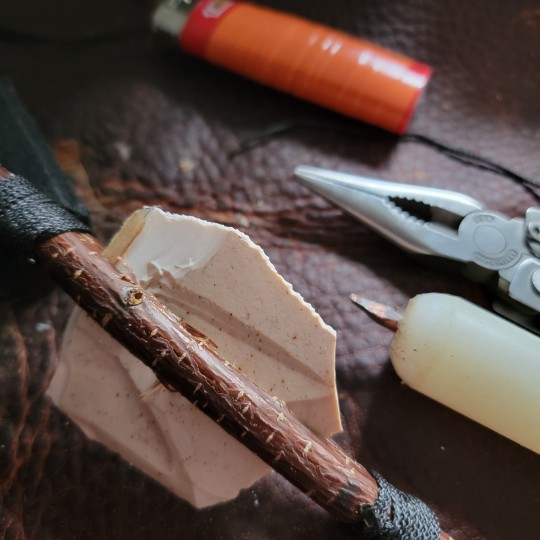

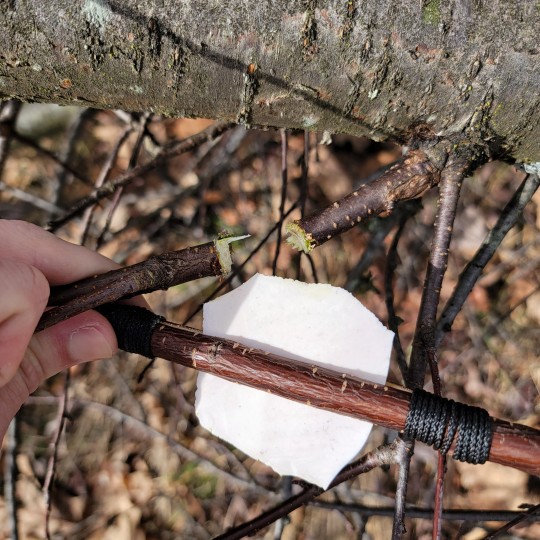

Making rock into tools
13 notes
·
View notes
Text
Captain Flint v Archimedes

Captain Flint
Animal: Parrot
Person: Long John Silver
Movie: Treasure Island (1950)
Archimedes
Animal: Owl
Person: Merlin
Movie: The Sword in the Stone (1963)
#disneyanimalbesties#archimedes#yen sids poll#owl#merlin#the sword in the stone#captain flint#parrot#long john silver#treasure island 1950#disney#disney tournament#disney animated movie#disney live action
17 notes
·
View notes
Note
Director Of Land Development please 🙏

who would win
#my art#toontown corporate clash#toontown#flint bonpyre#firestarter#DOLD#director of land development#asks#anon#requests#two birds one stone#buck wilde
21 notes
·
View notes
Text
oliver wood and marcus flint had some gay shit going
#no#i will not elaborate#(im lying plz ask me abt this)#harry potter and the philosphers stone#harry potter#harry potter and the sorcerers stone#oliver wood#marcus flint#quidditch#keepers
13 notes
·
View notes
Text

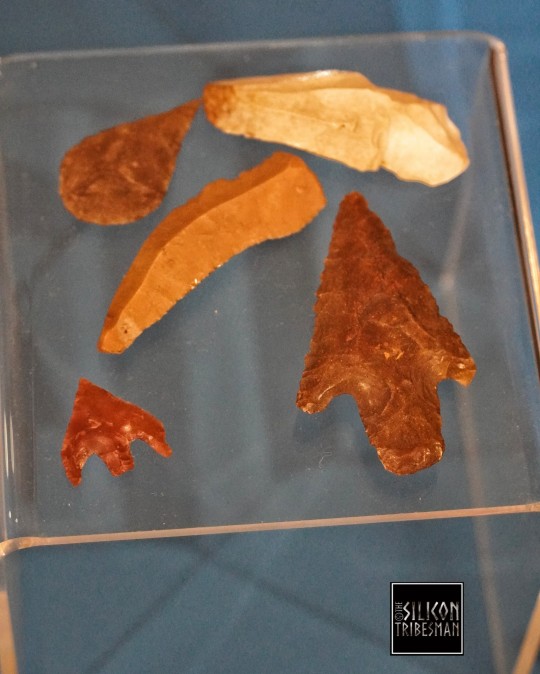
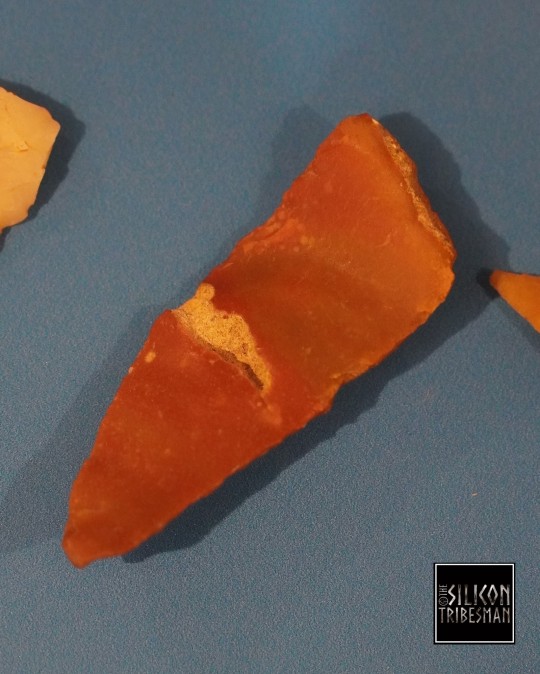
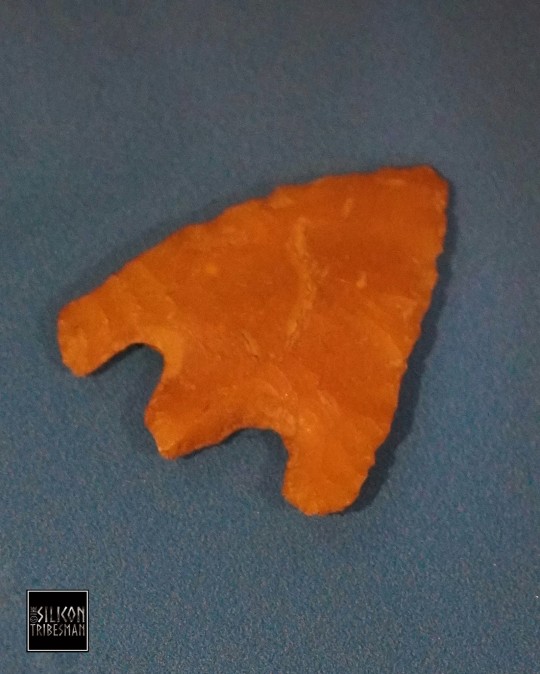
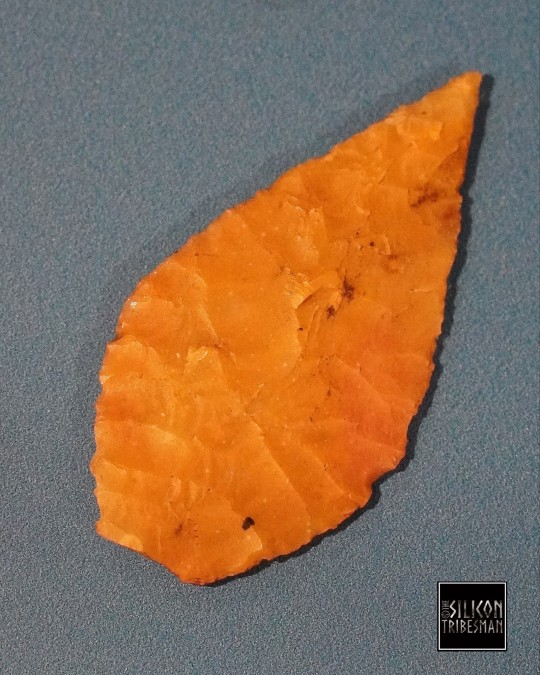

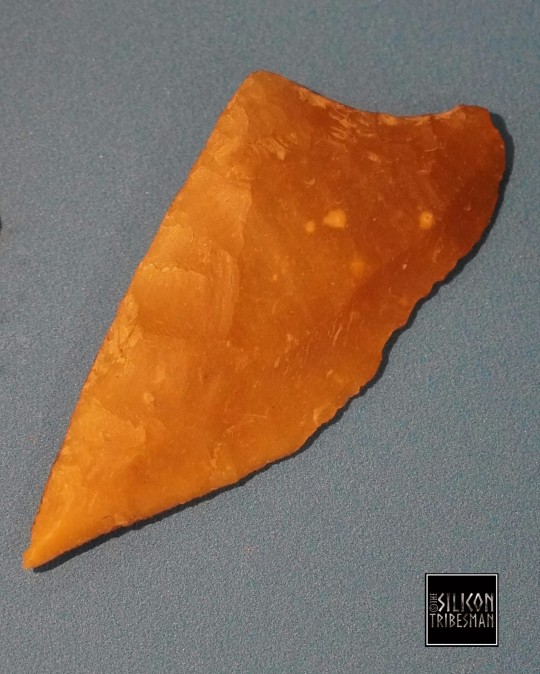
Mesolithic, Neolithic and Bronze Age Micro Flints, Banchory Museum, Scotland
#ice age#stone age#bronze age#iron age#copper age#archaeology#prehistoric#prehistory#neolithic#mesolithic#paleolithic#calcholithic#flintwork#scraper#microlith#prehistoric tools#pigmy flints#relic#stonework#Banchory#Scotland
61 notes
·
View notes
Text
Made from window glass

Took about 30 min. Not my best work but it is a nice usable blade
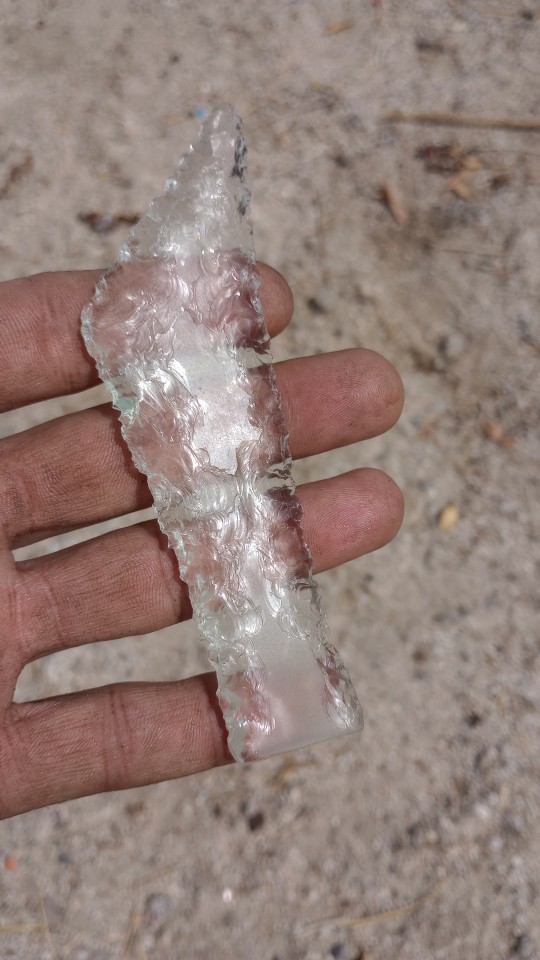
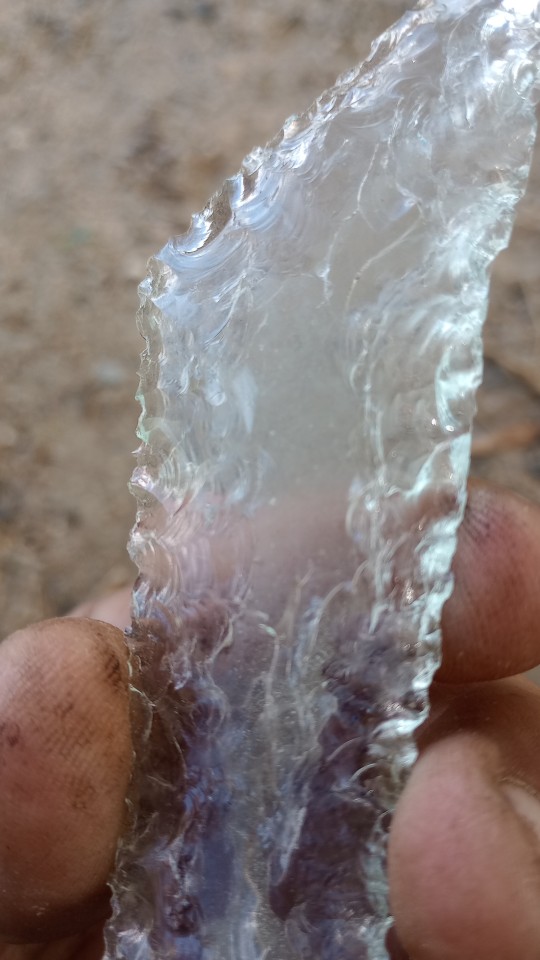


#outdoorlife#outdoors#bushcraft#ways of survival#ways of old#knowledge is the best survival gear#flint knapping#stone tools#art of bushcraft#art#my art
31 notes
·
View notes
Text
🔥🔥
#hip hop#spotify#spotify playlists#rap caviar#classic hip hop#hip hop 50#viral hip hop#indianapolis#Charlotte#cincinatti#Warsaw#stone mountain#United States#McKees Rocks#flint#ware#Lawton#Rockford#Lexington#guebwiller#france#glen ellyn#Syracuse#New York#bronx#the bronx#chicago#Illinois#jenson beach#lujan
24 notes
·
View notes
Text
Flint knapping and practical magic
Now that we have discussed the basics of history and properties of flint, how can flint knapping be used in practical magic?
First, a few disclaimers:
1. Please do not try this indoors, without proper protective equipment
2. You will need some thick gloves- leather or gardening gloves that are designed to prevent cuts.
3. Protective eye gear is essential, especially when you're learning (which I'll admit I still am)
4. A thick towel on your lap will help prevent you bruising your legs as you work (I have done that before)
5. I am not an expert, this is just me sharing why I think more people should learn about flint knapping and magic. Please watch more detailed tutorials before attempting anything. It evolves sharp edges and the possibility to accidentally start a fire if you do it wrong.
That being said, hopefully I haven't scared too many people off. I am not a dextrous person myself and I have managed to do some rudimentary knapping, I even created a flint crow statuette. The tools that you can make can be extremely useful for Witchcraft, a handaxe for example can be used as an alternative to a ceremonial dagger. I use my flint tools for wood carving, simple stuff like creating touchwoods and small things. Another use if you're an artist is as a charmed pencil sharpener, to add some intention and protection from your ancestors into your work. But I am getting ahead of myself
How to find flint
Finding flint depends on your geographical location. For me, i collect flint from my family home in the east of England. East anglia is rich in flint and chalk as well as clay, anywhere you go you will find big chunks of flint on the ground. Look up your local area's geological background and this will help determine where you can find flint- in volcanic areas you are more likely to find obsidian than flint! Which is very cool, I'm jealous of you. The beach, however, is generally the best place to start wherever you are:
Look for large grey or white stones, flint generally has a coating of sedimentary rock.

It is especially fun to look for rocks with cracks down the middle that go all the way around- as they often have deposits inside. If you're not sure if it's flint, you can hit it with another rock on the beach (another HARD one, using chalk or sedimentary rocks will just break the chalk open.) And if it is flint it will shatter into pieces. Again please be careful. I like to chuck them a good deal away to open them up, and let gravity do the work when it hits other stones. A newly opened egde will look something like this:


The usual shine of flint tends to mattify on a fresh edge, but it still very smooth. When flint is being used as a brick to build a wall, this is as far as knapping goes. But for someone trying to make tools, you need to break it up again into smaller pieces.
For me, I just like breaking stones apart. I find it very therapeutic apart from the magickal elements. There is, however, something unquestionably magical about sitting outside and breaking open a stone, slowly learning with the gentle and rusty hand that a child in the stone age might have had. When I first did this, after watching an episode of digging for Britain, I had the genuine feeling that the people of the past were guiding my hands, teaching me how to work. It is an excellent, practical way to get closer to your ancestors during ancestor work.
I don't tend to worship my ancestors, but I do certainly lean on some of them for advice and guidance in times of strife.
Anyway, when you have a piece like this

On the further edge you can see that there are jagged edges where it has been knapped unevenly. This is a good way to get a sharp edge: you tap with another rock that is roughly the shape of your hand several times and eventually the flint will give. Here it broke into three pieces:

The iron deposits make this rock a slightly unusual one, but the principal applies for any piece of flint. Here it is especially important to be careful and wear gloves (in the picture I'm not wearing gloves because I'm a dumb dumb who cut my hand after this).
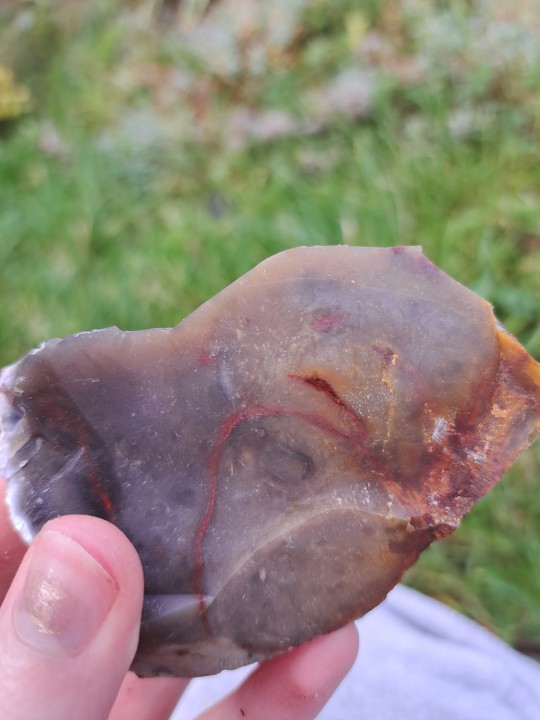

This piece is essentially a knife. You can see the slightly transparent edge, serrated. Generally an antler or bone would be used to shape this piece further. (I used chewed up antlers from the family dog)
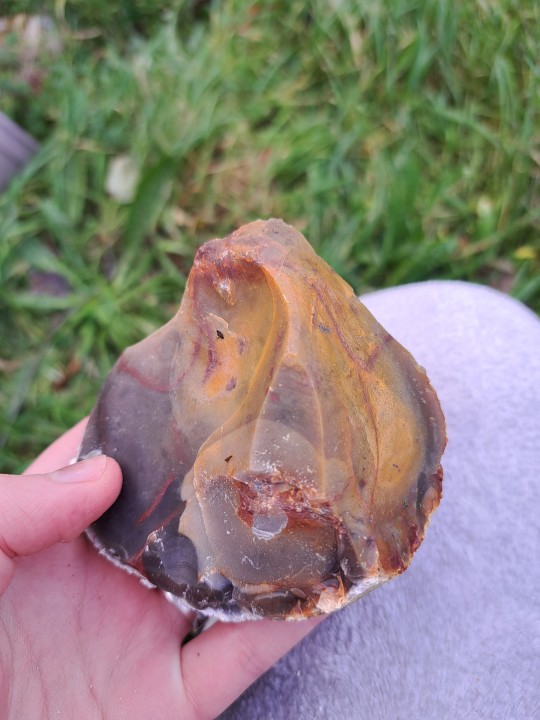
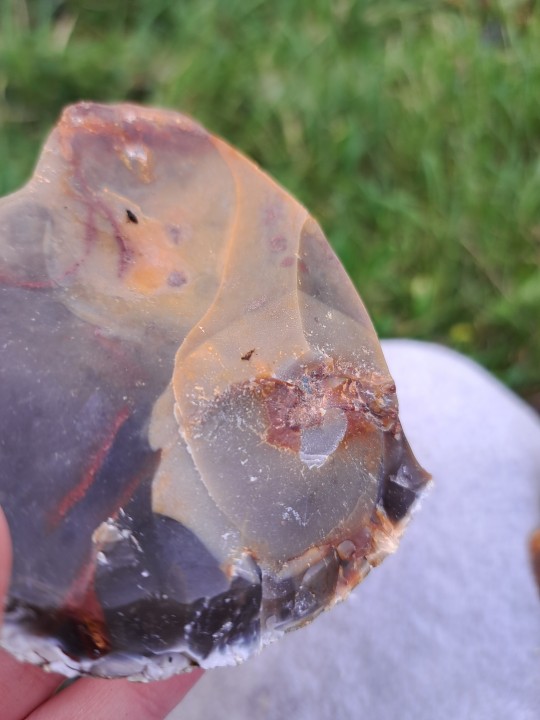

You can see on the picture to the left there are cracks running down the larger piece. You can carefully remove a smaller piece from the larger by hitting it a few times with the same rounded stone, acting as your hammer. Here a piece came off that could be easily shaped into an arrowhead.
Laver flakes are created by hitting a larger piece precisely until a small, sharp flake falls off. These are difficult to do for beginners. Most of these sharp pieces shown are now on my altar, to add protection to the space and connection to my ancestors. Razor sharp small flakes have a tenancy to fall off, I collect these in a jar and use them for spell bags and jars. It is important to not leave them on the floor anywhere where pets walk, as they will cut into their feet. (And yours if you have a habit of walking barefoot in your garden/outside).
The best part about flint knapping in magical practice is that it's entirely free. Like I've said before, some of the best magical tools come not from commercialised stores but through your own practice and historical techniques that never required buying materials. Go forth and Forage, my flintlings.
For more information and a more detailed guide on things I can't do, check out this website:
https://exarc.net/issue-2016-3/at/recycled-flint-cores-teaching-tools-flintknapping-archaeological-open-air-museums
This YouTube video is also helpful:
Wessex archaeology flint knapping basics
11 notes
·
View notes